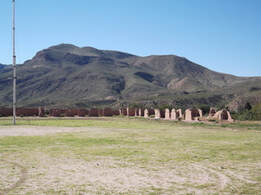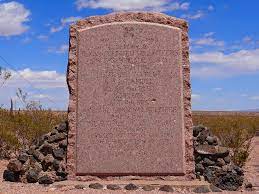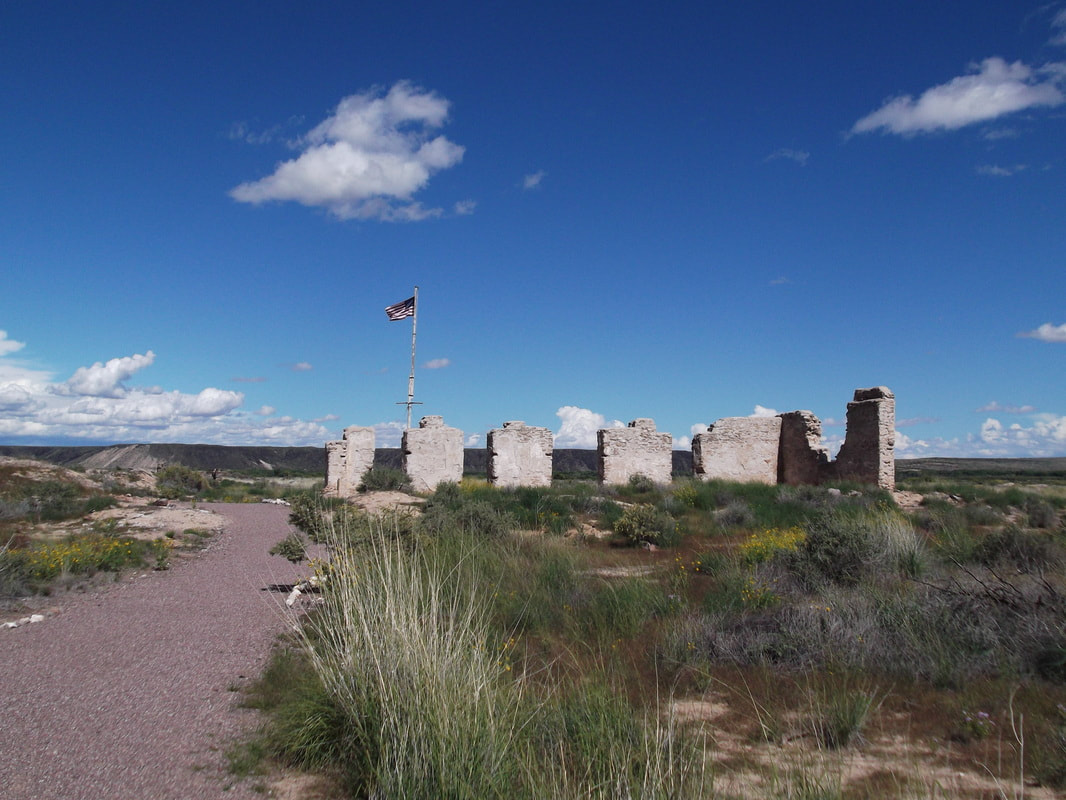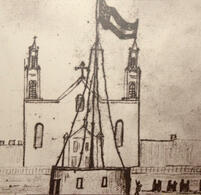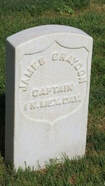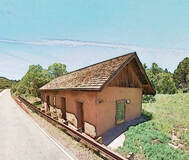When I was in the fourth grade, I read a book by Rosemary Sutcliff entitled
The Eagle of the Ninth, a Young Adult novel set in Roman Britain one generation after Hadrian's Wall was built.Sutcliff based her story on the question of the Ninth Legion, also known as Legio IX Hispana, who were assigned to the northern provinces, and founded the cities of York, Leicester, and Lincoln before mysteriously disappearing from the historical record. She uses one theory for their disappearance, plus the 1866 discovery of a Roman sculpture of an eagle in the town of Silchester to craft a story about Marcus Flavius Aquila, a young Roman officer who chooses an assignment in Britain so that he can discover the truth about his father, who disappeared when he was very young. Disguised as a Greek oculist and accompanied by Esca, his British freed ex-slave, Marcus travels beyond Hadrian's Wall in an attempt to learn the truth and recover the Lost Legion's gilded bronze eagle so that it can no longer serve as a symbol of Roman defeat – and thus be a danger to the frontier's security. This book piqued my interest in Roman Britain and the Iron Age, and made me want to explore the frontier between England and Scotland.
This summer, I finally got to fulfill that long held dream. After fifty five years, I finally got to hike the length of Hadrian's Wall. (What and where is Hadrian's Wall? Click here to find out.) I was joined in this grand adventure by my husband, two women who are hiking buddies of mine back home, and their husbands. I began planning the details of the trip eight months before we finally boarded a plane and began the adventure.
One of the first decisions I had to make was which direction we were to hike the 84 mile trail. Traditionally, people begin at Newcastle and hike west to Bowness-on-Solway, because that is believed to be the direction in which the wall was built. The milecastles, little fortlets that are built into the wall every mile, are numbered from east to west. Besides, getting to Newcastle is easy. It is a big city, and a hub for rail travel. It has an airport, and buses also come through, going in all four directions. However, I'd read that the prevailing winds came from the west, and that the views of the craigs, the most picturesque and dramatic scenery along the wall, was more stunning when seen looking east. So I chose to hike west to east, beginning at Bowness-on-Solway.

Getting to Bowness-on-Solway, a little village that has just over a thousand people in it, was a bit harder. Located in Cumbria, the historic county of Cumberland, it lies on the southern side of the Solway Firth. Across the water lies Scotland. The nearest sizable town is Carlisle, some 15 miles to the east. We flew into Edinburgh, then took
a train from Edinburgh's Waverley Station to Carlisle. The cost of tickets on the three carriers varies widely, and it is both advisable and cheaper to purchase them in advance. The 73 mile train trip took about an hour and a half.
From Carlisle, we could either take a
bus (the 93. You pay while boarding) or a
taxi (there are several different companies to choose from. Uber also works in the UK) to Bowness-on-Solway. We chose the bus, since it cost £3 and a taxi (which we would have needed two of since there were six of us with luggage) can easily amount to £30. We had a few hours to kill before our bus was to depart, so we we stowed our luggage in a hotel close to the train station, using an app called Stasher and saw a few sites, which I'll share in a future blog.
Our bus ride proved to be quite the introduction to rural British roads. It's unsettling enough to be traveling on what feels like the "wrong" side of the road, but when the road is barely wide enough, it's really unnerving, especially when the traffic going the other way seems to be coming right at you. Tall hedges bounded the road, making some of the travel feel like it was going through a green tunnel.
Fortunately, there were wide places in the road every so often, and drivers seemed to know exactly
where they were, so they could dart to the side as the bus barreled toward them. The only time the bus had to stop was for a herd of cows that didn't seem to understand that the bus outranked them. The bus driver waited patiently for the cows to move before hurtling on. Look closely and you can see the cows peering in the front windshield of the bus while my friend Caryl, who was right in front of me, laughs about it.
We arrived in Bowness-on-Solway in the early evening and checked into
Shore Gate House, a B&B in a beautifully preserved 17th century mill house that sat right on the water's edge. All six of us have agreed that this was the finest lodgings of the entire trip. The rooms were clean and well appointed, and each had its own bathroom.
David and Linda were the kindest of hosts. David let us in, then sat us in a front parlor, where he gave us each a cup of tea. He sat with us and discussed our plans, giving us advice, especially about meals along the trail. His advice proved spot-on and saved us from having to go hungry more than once. He even called ahead and secured tables for us.
We had dinner that night in
The King's Arms, a very traditional little English pub that wasn't crowded, but still likes advance notice so they'll have enough food. Afterwards, we wandered through the town, taking in its quaintness and making sure we knew exactly where to start the next morning. Bowness is a town with a lot of history. Maia, the last of the forts along Hadrian's Wall was here. After the Romans left, its inhabitants were frequently raided by Scots who'd crossed the firth, and they in turn raided the Scots. Now, it is a sleepy and peaceful place.

My traveling buddy Jane, reading a sign that describes the life of a Roman soldier, and standing on the shore of Solway Firth just after sunset. It was low tide. At high tide, she would have been waist deep in water.
As I slipped into bed that night, I felt that I had made the right choice in starting out from this magical place. I couldn't wait for morning, to
begin the trek I had wanted to do for so long.



.JPEG)



















